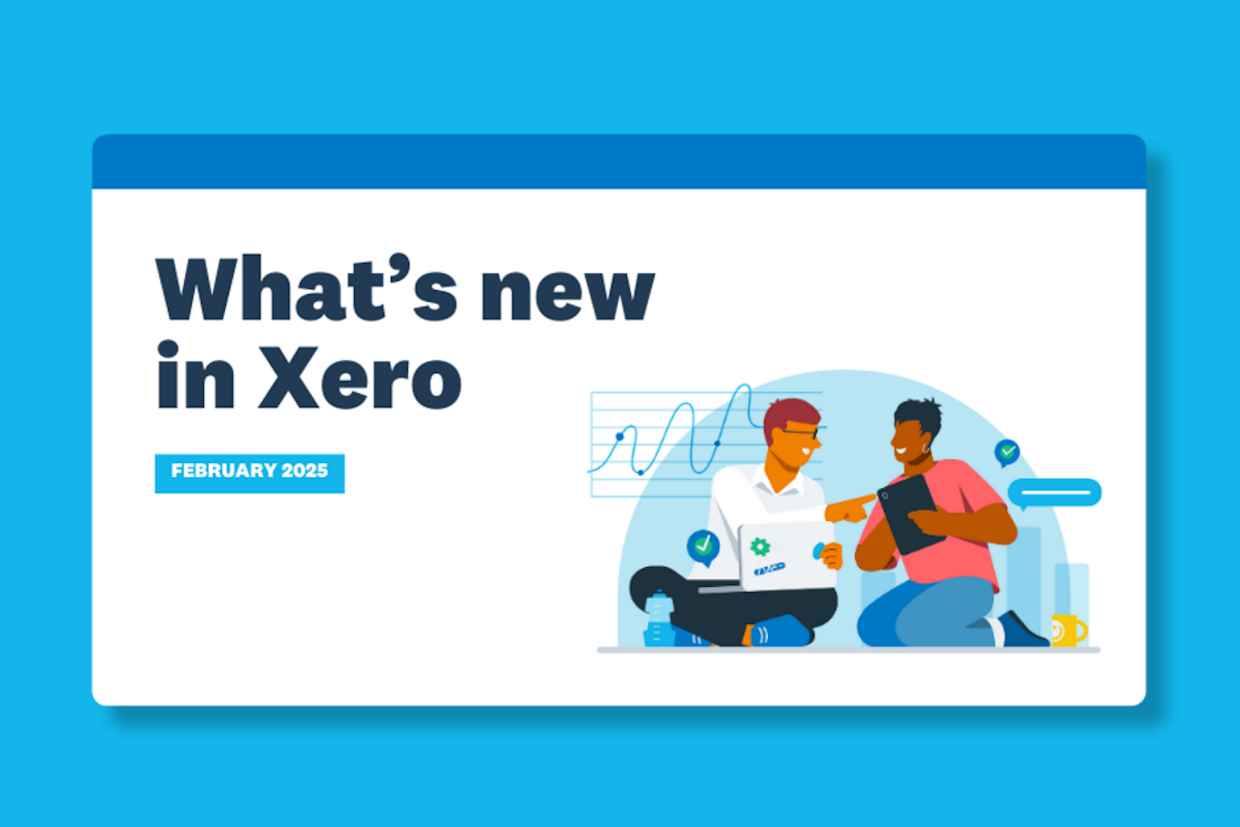Knowing your team's learning styles is good for business
Why is it important to be aware of your own, and your team’s, learning styles? Knowing how each of your staff members best learn can enhance communication skills, improve performance and make your new-hire processes better. It can also reduce conflict and increase the range of communication strategies used in your business.
Everyone learns differently and while we’ve known this for centuries, the VARK modalities, developed by New Zealander Neil Fleming in 1987, were the first to offer a quiz with help sheets so people could use it to learn and teach better. VARK stands for Visual, Aural, Read/Write, and Kinaesthetic. The idea is that we use one (or a mixture) of these modalities when learning information.
Whether it’s rules, guidelines, job changes, systems, and processes, or change within the business, it’s your job to ensure staff learn in the best way for them. Once you know how each of your staff learns (there is a range of online quizzes), assess your communication channels, and adapt them to ensure no one misses out on valuable information.

New ways to communicate with staff
How you best learn could influence the way you’re delivering information to your staff. To make sure you cover all your teams’ learning needs, pick a selection of these communication approaches:
- Visual: Learn by seeing - Charts, graphs, flow charts, lesson outlines, picture aids, and symbolic arrows, circles, hierarchies, and other devices used instead of words.
- Aural: Learn by hearing - Reading aloud, verbal instructions, discussions, repeating to a colleague, oral feedback, email, phone conversations, texting, discussion boards, oral presentations, classes, tutorials, and talking with other students and teachers.
- Read/write: Learn by reading and writing - Manuals, reports, essays, assignments, PowerPoint, lists, diaries, dictionaries, quotations and words, words, words…
Kinaesthetic: Learn by doing - Demonstrations, simulations, videos, and movies of “real” things, as well as case studies, practice, and applications. If it can be grasped, held, tasted, or felt, it will resonate!



Keep updated! Sign up to our mailing list!
Find Us
The Chartwell Practice Limited
Chartwell House
4 St Pauls Square
Burton-on-Trent
Staffordshire
DE14 2EF
Contact Us
Telephone: 01283 741400
Email: info@chartwellpractice.com
Useful links
Privacy Policy
Legals & Disclaimer
The Chartwell Practice Limited
